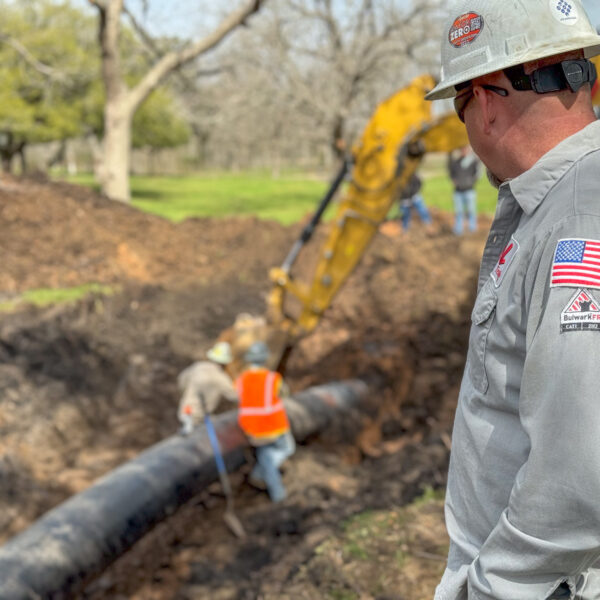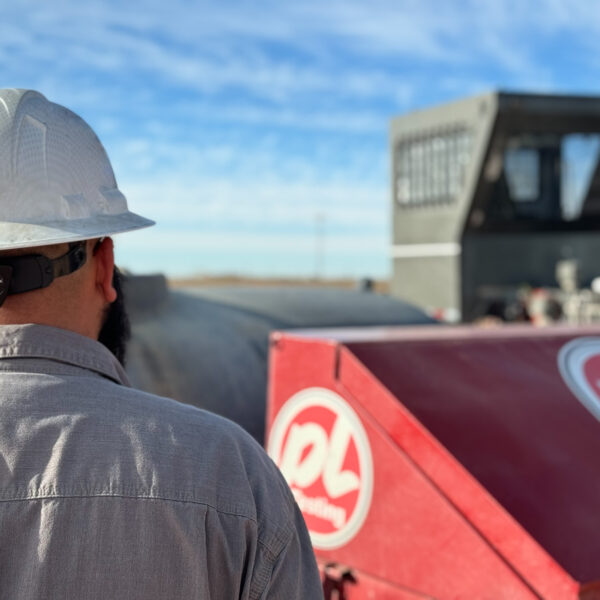Background
On September 9, 2010, in a residential area in San Bruno, California, a segment of an intrastate natural gas transmission pipeline referred to as Line 132 ruptured. Line 132 was owned and operated by the Pacific Gas and Electric Company (PG&E). This rupture produced a 72-feet-long by 26-foot-wide crater and a section of pipe weighing 3,000 pounds was found 100 feet from the crater. It is estimated that 47.6 million standard cubic feet of natural gas was released. The gas ignited and destroyed 38 homes anddamaged 70. Eight people were killed, more than 60 people were injured, and hundreds were evacuated.

Probable Cause
The National Transportation Safety Board (NTSB) determined the probable cause was due to the following.
1.) Inadequate quality assurance and quality control. Investigators discovered that Segment 180 was not the correct pipe documented and was instead pipes from previous construction projects.
2.) Inadequate pipeline integrity management program. PG&E failed to detect and repair or remove the defective pipe section. The lack of regulation prior to 1961 and the applications of regulations after 1961 by the state of California did not require Segment 180 to undergo hydrostatic testing, which would have revealed the installation defects. It is now required that all gas transmission pipelines constructed before 1970 undergo hydrostatic testing. Post construction pipelines are only considered stable if tested at least 1.25 times the maximum allowable operating pressure.
Lessons Learned
In response to this explosion and others, PHMSA introduced the Mega Rule, which aimed to increase pipeline safety. Features of the new rule include ensuring safe operating conditions and strengthening integrity management requirements.
It’s important to detect, identify, and eliminate pipeline defects before they result in catastrophic failures. New integrity management regulations require operators to periodically conduct integrity assessments. Hydrostatic testing helps expose defects on the pipe or show that none exist and is great for when inline inspection tools are not feasible.
“The 2010 PG&E incident in San Bruno was a tragedy that we must never forget. This rule will help prevent future incidents by ensuring operators identify and repair threats more quickly and comprehensively, improving safety and mitigating climate impacts.”
PHMSA Deputy Administrator Tristan Brown
Disclaimer: This case study is a commentary on previous events in the pipeline industry by PL Testing. PL Testing was not involved in this event but provided this material for editorial and educational use only.



